Cryptocoryne cordata
Scientific name: Cryptocoryne cordata
Family: Araceae
Maximum size reached under cultivation: 5 - 20 cm (1.97 - 7.87 inch)
014
Recommended pH range: 6.8 - 7.2
Recommended water hardness: 4 - 12°dGH (71.43 - 214.29ppm)
0°C 32°F30°C 86°F
Recommended temperature range: 20 - 26 °C (68 - 78.8°F)
Preferred propagation method: Runners
Native to: South Asia
Growth rate: Slow
Recommended substrate: Gravel
Lighting requirements: Medium
Ideal placement in tank: Foreground
Family
Araceae
Origin
Cryptocoryne cordata is native to Southeast Asia, specifically found in Thailand, Malaysia, and Indonesia. It grows in slow-moving streams, shaded riverbanks, and swampy environments with nutrient-rich substrates. Due to its natural habitat, this species is well adapted to fluctuating water levels and can grow both submerged and emersed.
Ideal Placement
Foreground
Propagation
Cryptocoryne cordata propagates naturally through runners. Small plantlets develop along these runners, gradually forming their own root systems. Once they are well established, they can be separated from the parent plant and transplanted to different areas in the aquarium. Since this plant grows slowly, propagation may take some time, but once settled, it can form dense, low-growing clusters.
Growth and Maintenance
This species has a slow growth rate and thrives in gravel or nutrient-rich substrates. It benefits from root fertilizers, especially in newly planted setups. Like other Cryptocoryne species, it is prone to "Crypt Melt" when introduced to a new environment. However, with stable water parameters, the plant will recover and establish itself over time. Once settled, Cryptocoryne cordata requires minimal maintenance, making it a great choice for aquascapers.
Lighting Requirements
Moderate lighting is ideal for Cryptocoryne cordata. It naturally grows in shady stream areas, so it does not require bright light. In lower light conditions, it may develop a more elongated growth pattern, while in stronger lighting, the leaves can take on a more compact form. However, excessive light can lead to algae buildup on the leaves, so a balanced approach is recommended.
Difficulty
Easy to moderate. This plant adapts well to various water conditions, tolerating a pH range of 6.8 - 7.2 and a hardness range of 4 - 12°N. It thrives in temperatures between 20 - 26°C (68 - 78.8°F), making it suitable for most freshwater aquariums.
Short Description
Cryptocoryne cordata is a hardy foreground plant that is ideal for aquascaping due to its compact size and unique leaf shape. Unlike some other Cryptocoryne species, it does not grow too tall, making it an excellent choice for smaller tanks or as a foreground accent in larger aquariums. The leaves are typically green but may develop a reddish hue depending on lighting and water conditions. Once acclimated, it requires minimal maintenance aside from occasional trimming of yellow or damaged leaves.
Submersion and Aquascaping
This species is highly adaptable and can grow both submerged and emersed. In the wild, it is often found in swamps and seasonally flooded areas, where it grows emersed during dry periods and submerged when water levels rise. In aquariums, it thrives fully submerged, while in paludariums or ripariums, it develops thicker, more rigid leaves when grown emersed. This versatility makes it a valuable plant for both traditional and hybrid setups.
Compatibility
Cryptocoryne cordata is compatible with most freshwater fish and invertebrates. Its sturdy leaves make it less appealing to herbivorous fish, making it a great choice for planted tanks with species that might otherwise nibble on delicate plants. It also provides excellent shelter for shrimp and small fish, enhancing the natural habitat within the aquarium.
Maintenance and Care
Routine care includes removing dead or decaying leaves and ensuring stable water parameters to prevent Crypt Melt. While this plant does not require CO₂ supplementation, adding CO₂ and liquid fertilizers can enhance its growth rate and leaf coloration. A nutrient-rich substrate will also help sustain healthy root development. With proper care, Cryptocoryne cordata remains a long-lasting and visually appealing addition to any planted aquarium.
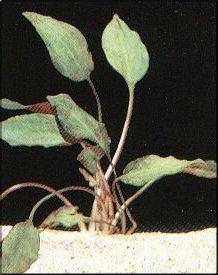
 Aglaonema commutatum “Silver Queen”
Aglaonema commutatum “Silver Queen”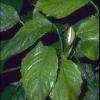 Aglaonema simplex
Aglaonema simplex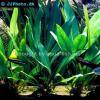 Anubias afzelii
Anubias afzelii Anubias barteri
Anubias barteri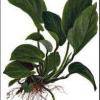 Anubias barteri “Caladiifolia” ‘1705’
Anubias barteri “Caladiifolia” ‘1705’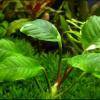 Anubias barteri “Coffeefolia”
Anubias barteri “Coffeefolia”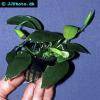 Anubias barteri “Nana”
Anubias barteri “Nana”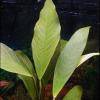 Anubias barteri v. angustifolia
Anubias barteri v. angustifolia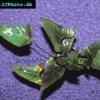 Anubias gracilis
Anubias gracilis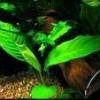 Anubias heterophylla
Anubias heterophylla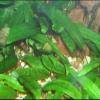 Cryptocoryne affinis
Cryptocoryne affinis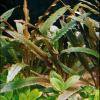 Cryptocoryne albida
Cryptocoryne albida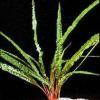 Cryptocoryne balansae
Cryptocoryne balansae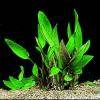 Cryptocoryne becketti
Cryptocoryne becketti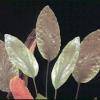 Cryptocoryne blassi
Cryptocoryne blassi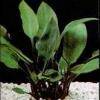 Cryptocoryne ciliata
Cryptocoryne ciliata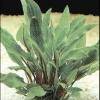 Cryptocoryne lutea
Cryptocoryne lutea Cryptocoryne nevillii
Cryptocoryne nevillii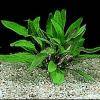 Cryptocoryne petchii
Cryptocoryne petchii Cryptocoryne pontederiifolia
Cryptocoryne pontederiifolia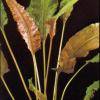 Cryptocoryne wendtii
Cryptocoryne wendtii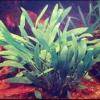 Cryptocoryne willisii
Cryptocoryne willisii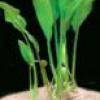 Lagenandra ovata
Lagenandra ovata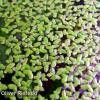 Lemna minor
Lemna minor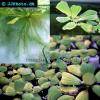 Pistia stratiotes
Pistia stratiotes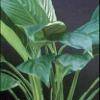 Spathiphyllum petite
Spathiphyllum petite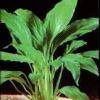 Spathiphyllum wallisii
Spathiphyllum wallisii